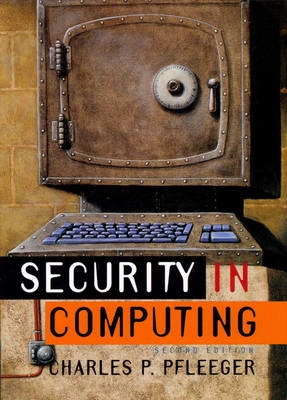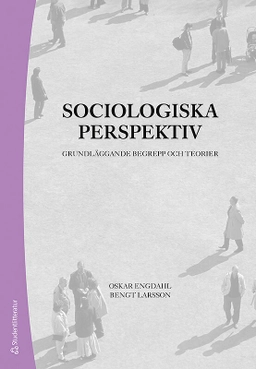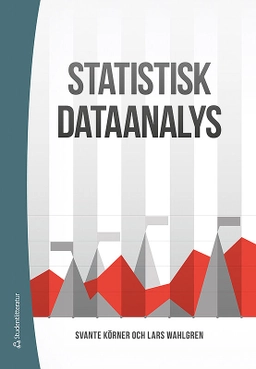33748-5
Every day, more and more critical information is created, transmitted, and archived by computers. This ever-growing reliance on technology has made computer security a higher priority than ever before, yet the pace of computer development has far outstripped the improvements in computer security. Today's computer professionals need a comprehensive understanding of all aspects of security in computing.
Security in Computing is the most complete and up-to-date college textbook now available. Enlivened by actual case studies and supported by more than 175 exercises, the book covers:
Viruses, worms, Trojan horses, and other forms of malicious code
Firewalls and the protection of networked systems
E-mail privacy, including PEM, PGP, key management, and certificates
Key escrow—both as a technology and in the “Clipper” program
Evaluation of trusted systems, including the Common Criteria, the ITSEC, and the Orange Book
Standards for program development and quality, including ISO9000 and SEI CMM
Administering secure installations of PCs, UNIX¨, and networked environments
Ethical and legal issues in computing
A modular, layered structure makes Security in Computing ideal for classroom use as well as a reference for professionals. Once the basic tools have been covered, the remaining chapters can be studied in any order, and to any depth desired.
Since the publication of the first edition in 1989, the number of threats to secure computing have increased, but so have the available countermeasures. This second edition has been thoroughly revised to reflect teaching experiences with the first edition and to incorporate all the latest information on computer security.
Åtkomstkoder och digitalt tilläggsmaterial garanteras inte med begagnade böcker





















